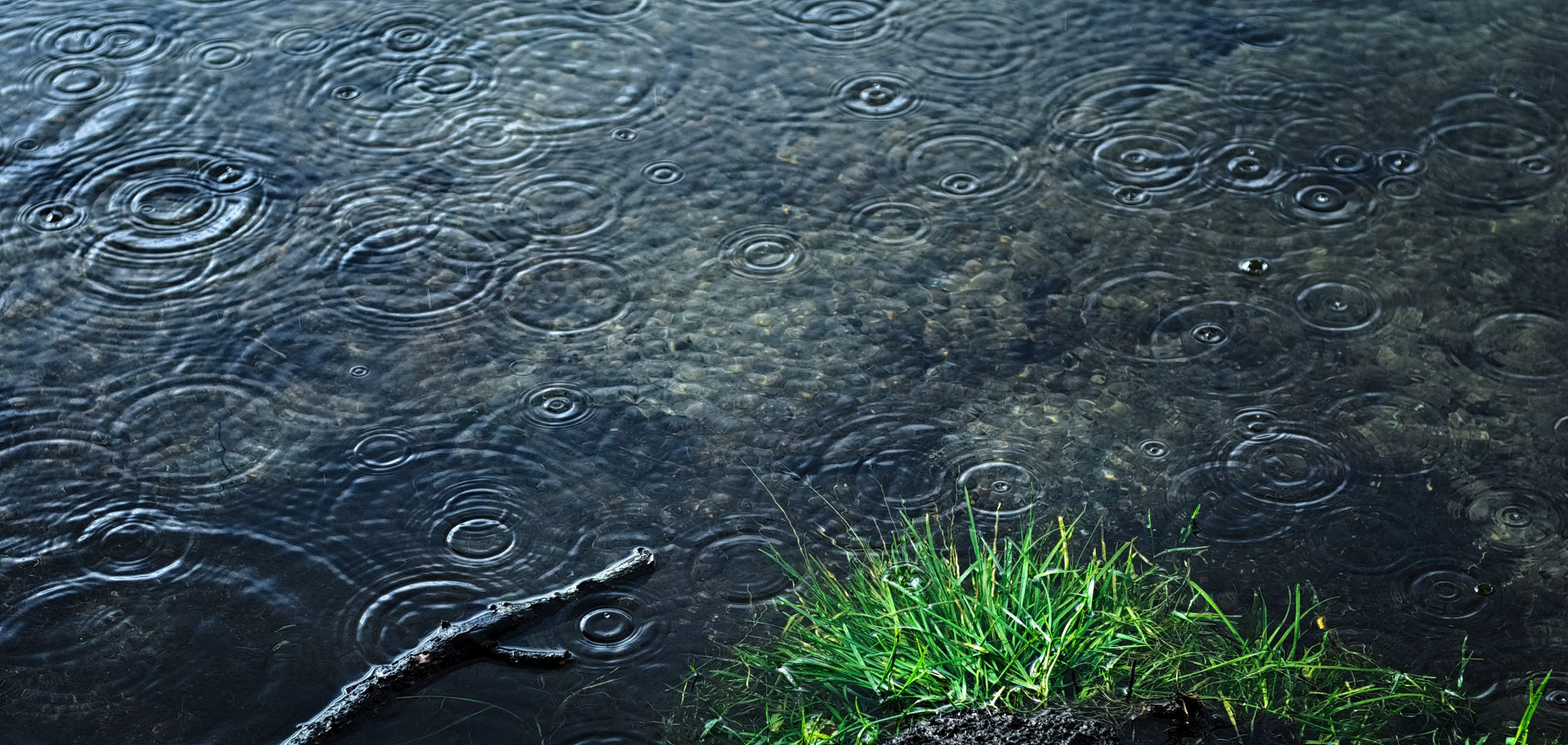 Between 2004 and 2009, the U.S. experienced a reduction of nearly 146,000 ha (360,720 ac.) of coastal wetlands, according to a U.S. Fish and Wildlife Service and National Oceanic and Atmospheric Administration (NOAA) report released Nov. 21.
Between 2004 and 2009, the U.S. experienced a reduction of nearly 146,000 ha (360,720 ac.) of coastal wetlands, according to a U.S. Fish and Wildlife Service and National Oceanic and Atmospheric Administration (NOAA) report released Nov. 21.
According to the report, “Status and Trends of Wetlands in the Coastal Watersheds of the Conterminous United States,” coastal wetlands are disappearing at a rate of about 32,000 ha (80,000 ac), an area the size of Miami, per year. Coastal wetlands are also disappearing faster than other wetland types, with a rate of loss that is six times greater than overall U.S. wetland loss. Further, the rate of loss is increasing, as wetlands reportedly decreased by 24,281 ha (60,000 ac) annually between 1998 and 2004. Decreases in wetlands were seen as a result of storms, sea-level rise, and coastal development, which has also led to increases in stormwater runoff. According to a report by Pew Charitable Trusts, urban development could cover one quarter of U.S. coastal watershed land area by 2015, further affecting coastal wetlands.
The Gulf of Mexico region saw the sharpest decline in wetlands due in part to major storms. However, some areas did see increases in wetlands including the Great Lakes region, South Carolina, Georgia, and central Florida.
“Wetlands are essential to fish and shellfish, and are integral to the health of the nation’s multi-billion dollar commercial and recreational fishing industries,” said Mark Schaefer, NOAA assistant secretary of commerce for conservation and management. “The three most valuable species that depend on habitats supported by our wetlands—crab, shrimp, and lobster—had a combined value of $1.6 billion in 2012. The disappearance of this habitat could be detrimental to our nation’s seafood supply.”
In 2014, the U.S. Environmental Protection Agency (EPA) has prioritized establishing clarity about the definition of “Waters of the United States.” According to a recent economic analysis by EPA and the U.S. Army Corps of Engineers, the proposed revised definition would extend the agency’s jurisdiction to an additional 3% of U.S. waters and wetlands. While this would indirectly cost affected industries between $133.7 million and $200 million, the benefits to U.S. waters, particularly wetlands, would be twice that much, ranging from $300.7 million to $397.6 million annually. Benefits assessed in the analysis include improved biodiversity, recreation and fisheries. Costs would primarily affect developers, mining companies, landowners for items including stream restoration as well as stormwater and dredge-and-fill permit applications and administration.
“In addition to the important economic and safety benefits they provide to people, coastal wetlands are also vitally important to native fish and wildlife species,” said U.S. Fish and Wildlife Service Director Dan Ashe. “While [wetlands] comprise less than 10 percent of the nation’s land area, they support 75 percent of our migratory birds, nearly 80 percent of fish and shellfish, and almost half of our threatened and endangered species. We can’t sustain native wildlife for future generations without protecting and restoring the coastal wetlands that support them.” Read more.





